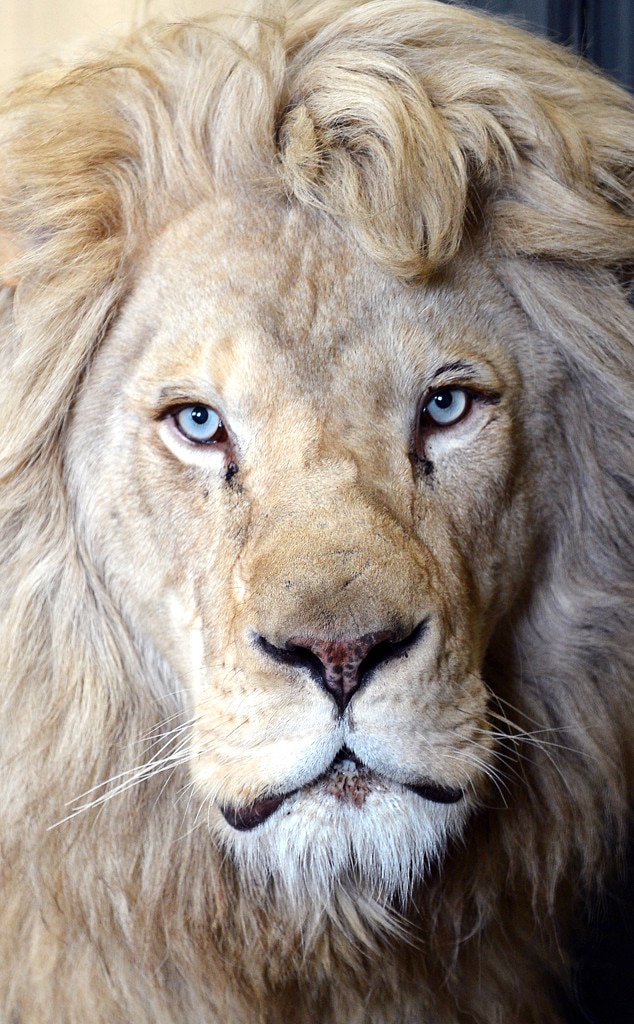
But so do other pubs, so what makes us special? The atmosphere – our locals and friends who make it feel like pubs used to feel, like home just with more beer and no washing up. The White Lion is a beautiful old building dating from1712 and we offer a warm welcome in a comfortable and relaxing environment, excellent beers and ciders, superb food with fine wines, a cosy bar with open fire, an elegant restaurant and a large beer garden. In this way, and others, Nature’s balance has been disturbed through human intervention, and our role is to responsibly restore it.Ģ1.Welcome to The White Lion Inn, Bar, Dining, Accommodation at Bourton vegetation is burnt on a rotational basis species are translocated to and from the national park, tarred roads and tourist camps have been constructed, and it is fenced without full consideration for the Source waters. Even the Kruger National Park itself, in spite of being greater than 20 000km2, is not an entirely self-contained system in nature. This applies to the Associated Private Nature Reserves (APNR) bordering the Kruger National Park, which have intervened in the natural system in many ways, including through firebreaks, road and other infrastructure as well as the commercial trophy hunting of lions and other members of the so-called Big Five over several decades. In reality, there are very few ecosystems today that are not, in some way, managed.
/male_female_white_lions-f19c4208f40643f9b4817756af96b1c5.jpg)
Turner: This term ‘purist’ is inaccurate. When were White Lions first spotted in the wild, and how many are there worldwide? Despite the continued commercial trophy hunting of lions in the Greater Timbavati region, there have now been several occurrences of White Lions over an extensive area, proving the conservation value of this rare phenotype to the biodiversity of this wilderness region.ġ7. In 2014, the first white cubs were once again born in the Kruger National Park (Nwanetsi-Singita Lebombo Concession) – a region in which there is no lion trophy hunting, so there is much hope for the long-term survival of White Lions. However, these cubs faced additional challenges, since their likely father was trophy hunted, and the prides in the region faced infanticide. At the best of times, the survival rate of lion cubs to adulthood is only 20%.

Unfortunately, none of the white cubs – or their tawny siblings – survived. In October 2006, another two white cubs were born at Tabby’s Crossing in the Timbavati Reserve. Turner: In May 2006, after more than a decade had passed without sightings of White Lions, two White Lion cubs were born – amidst tawny cubs – in the Umbabat Private Nature Reserve (neighbouring Timbavati).


 0 kommentar(er)
0 kommentar(er)
